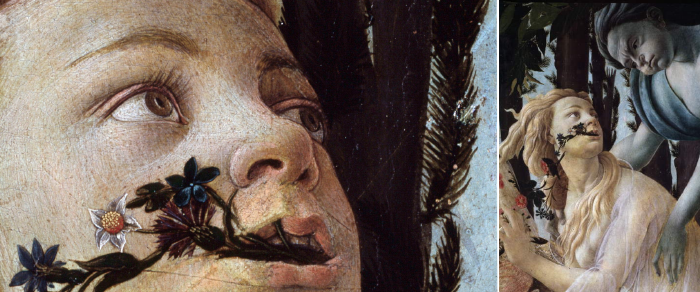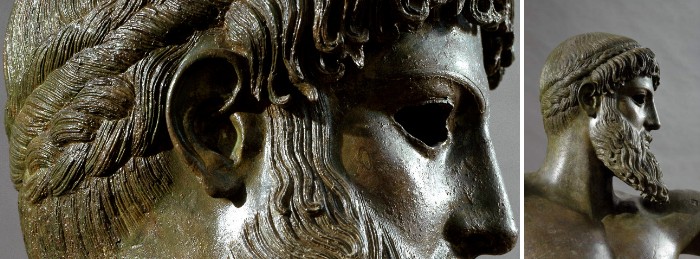Published 14/02/2023
Beautiful high resolution images, bright colors and magnificent details: Luisa Ricciarini Photo Agency content is now available via Bridgeman Images. We met with the agency's founder Luisa and asked some questions.

When and how was the photo agency Luisa Ricciarini founded?
In 1970, after a long experience at a publishing house, I decided that it was time for me to move independently in the publishing world. My agency was initially suppling iconographic picture research and the publishing house I had left was my first big "client".

I was entrusted with the picture researchers for books and encyclopaedias and, since I had to indicate where to find the illustrations, I decided that I could supply them directly. Thanks to my previous work as an iconographer, I knew a great number of photographers who were very happy to be represented by me.
I was then able to offer the complete package for an illustrated book. These were the good times when one worked side by side with the author of the book, when I learned and studied many things: from biology to botany and economic geography. Initially my archive was mainly made up of photographs related to the natural sciences (I was instructed by French publishers to illustrate entire encyclopedias on this topic). Then I met great art photographers and the agency took a more "artistic" turn.

If you had to describe your archive in a sentence, what would it be?
A lot of passion, a lot of study and a lot of effort.
Which one was the first image you ever licensed?
If I remember correctly, it was a microscopic photograph of a Drosophila (fruit fly), an insect studied by biologists for genetics research. It was required for the cover of a science book. An insect, therefore, was my first exploit.

What is the photo in the archive that was more difficult to shoot and why?
Surely the most difficult was not a single picture, but a service that I realized following the expedition of the great volcanologist Hauroun Tazieff ("Fire poet", as Jean Cocteau called him). It was 1967 or '68 on the occasion of one of the many eruptions of Etna. We left at night; the vulcanologists completely harnessed by fireproof suits; I too harnessed myself, but I needed eyes and hands free to take photos. To make it short, it was a very hot photographic experience to the point that I feared that the films melted. The good Kodak resisted ... and me too. My adventure companions were a Leica and a Zonica Bronica 6x6.

Is there a photo of the archive you are particularly fond of?
This is the million dollar question. Instinctively I would say The Flagellation of Christ by Caravaggio in Capodimonte. But where to put that other spectacular Flagellation of Piero della Francesca in Urbino? But I will never forget the fainting effect that caused me to see the Deposition of Rosso Fiorentino in Volterra. Appropriately, in front of the big picture, there is a bench on which you can go into swoon without falling on the ground. I knew the work from books, of course, but finding yourself in front of it has a certain effect. The modern, exasperated, angry and painful trait of the characters took my heart. Not to mention the colours... And Matisse where do we put it? And Picasso? In short, I can't choose.

Today, how has the role of the photo agency changed since you started?
To put it in a nutshell: I miss the picture research. Perhaps everything is easier; the user chooses an image and you send the high definition. But it is really a lot less fun ...

The images from the Luisa Ricciarini Photo Agency are now available via Bridgeman Images. Contact us for more information.


